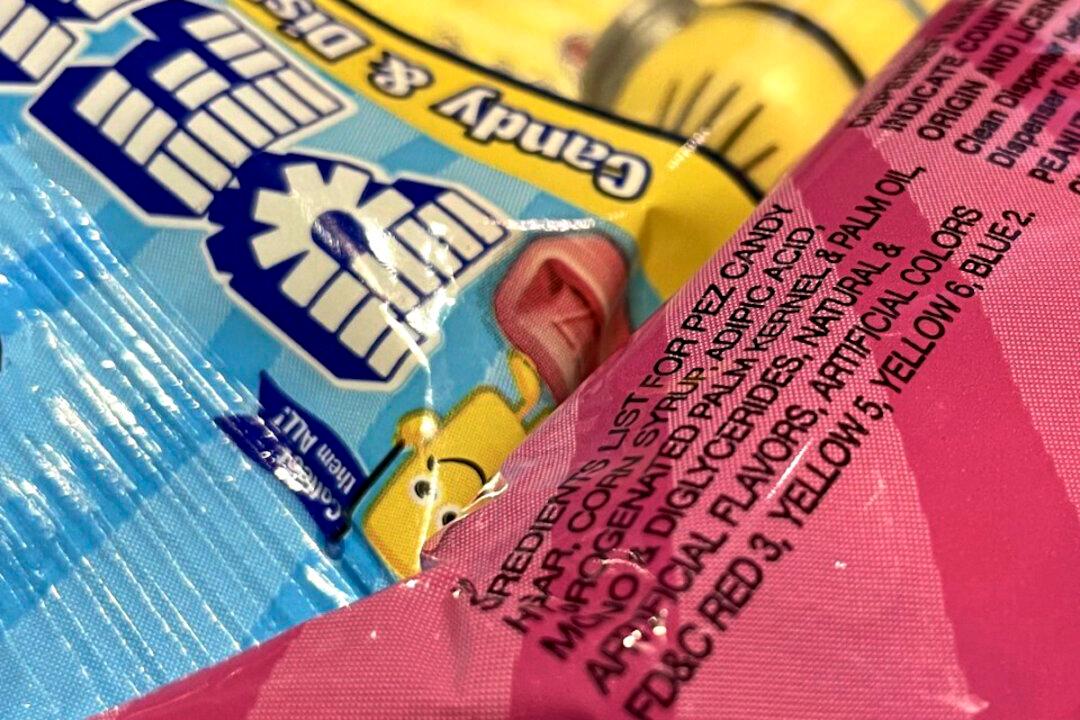A synthetic red food dye banned this month from the U.S. food supply will continue to be allowed in Canada, where the federal health agency has determined that it does not present a health risk to the general public.
The U.S. Food and Drug Administration (FDA) issued a ban on Red Dye No. 3 on Jan. 15, allowing food and beverage manufacturers a two-year period to adjust their formulations. The move comes nearly 35 years after the petroleum-based red dye was banned from U.S. cosmetics due to potential cancer risks. Since then, it has also been linked to behavioural issues in children.





